-
From English teacher to TikTok star in France: 'The way to help students learn is to believe in them'
Toulouse-based Monsieur Prof's educational videos on learning English are a social media sensation
-
‘The first baby hedgehog we rescued was love-at-first-sight’
We speak to an expert about her hedgehog health centre and how to make your garden more hedgehog-friendly
-
French crafts in focus: Traditional dry-stone walling
Sébastien Heurtevent is leading a resurgence as an artisan murailler de pierres sèches in the Haute-Garonne region
Meet the artist behind France’s new Napoleon commemorative sculpture
‘Travel is my most important source of inspiration’, says Emmanuel Michel, whose full-length statue stands in a southern town in Occitanie
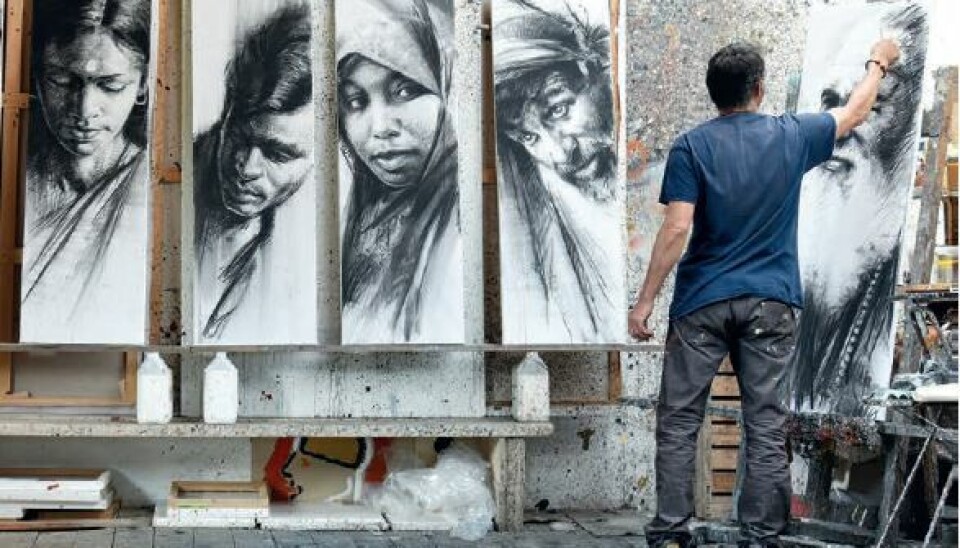
A commemorative statue of Napoléon Bonaparte was installed in the centre of Montauban in Tarn-et-Garonne in November 2021.
It was created by local artist Emmanuel Michel, who was first approached about the concept of a memorial for the military leader at the beginning of 2021.
“At first the order was actually just a bust – only the bust – and I didn’t find it very interesting. So I told them: I’m interested in the challenge. Working on Napoleon interests me, but not a bust.
“I made them a proposal for a full-length sculpture. The whole character with a model and finally they accepted that,” he said.
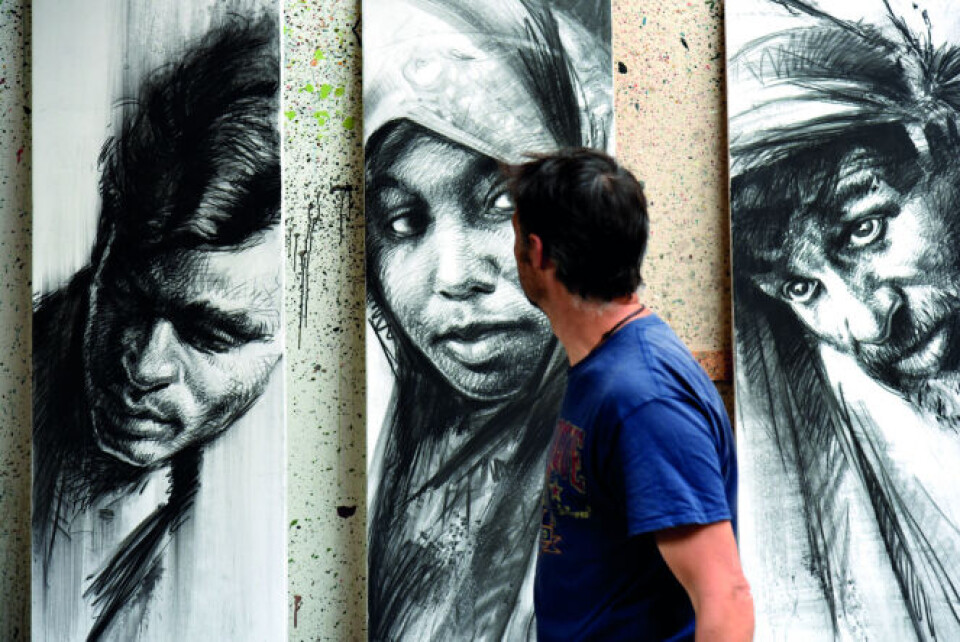
It is no surprise that the people in charge agreed, as Emmanuel’s structures are impressive. Bold and often colourful, they really make an impact.
Born near Toulouse in 1970, Emmanuel knew he wanted to be an artist from a young age and went on to graduate from an école de restauration de tableaux in Avignon. Soon after graduating he began travelling and embraced the ‘experience on the job’ method.
“I have learned through travelling and especially by working in the workshop, painting and sculpting. Travel, for 30 years now, has really been the most important source of inspiration,” he said.
Out of his many journeys to faraway places including Cuba, India, Zingaro,
Sri Lanka and the Middle East, to name a few, he has two memorable trips:
“Mongolia and Tanzania because they really brought together some great encounters. In both cases, people who have very rough lives but who are extremely kind and very positive, despite all the difficulties they encounter on a daily basis.
“They are people who depend a lot on the climate. In Mongolia, the winter kills a lot of herds and the winter is very, very harsh and in Tanzania it is the other way around. It is the heat, the drought, which means each time there are two nomadic populations, but who have very hard lives, mainly linked to the climate, and who despite everything remain in their lives, with their cultures, with their rites.”
His experiences are transferred into honest and emotive works, inspired by the places he has visited and the people he has seen. You can see the passion in each piece, whether it’s a drawing, a painting, an engraving or a sculpture.
Although once back in his workshop in Puybegon he does not have one favourite outlet. “Because I’m quite an active person. From the moment I’m in the act of creation, that’s fine with me.
“I need sculpture, as well as painting, engraving and travel. It’s my life. Everything is linked. There is no on or off. It’s all the time and one takes over from the other. So I never get bored.
“I’m always, always, always actually excited about what I’m doing, going from sculpture, to painting, to printmaking. I never choose because I don’t have to choose,” he said.
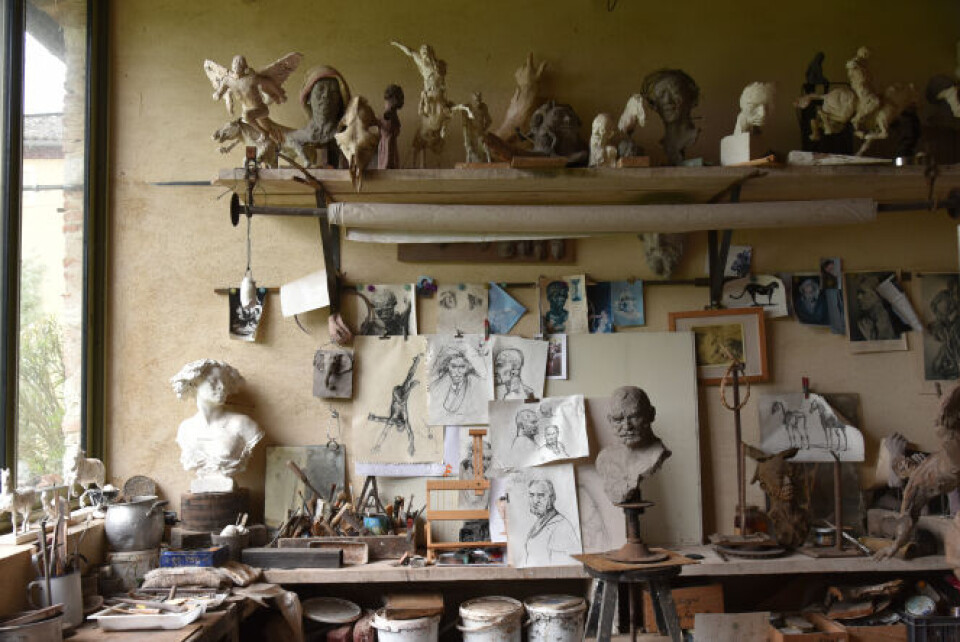
Emmanuel works with a range of materials to bring his sculptures to life and although his sculptures are generally finished in bronze, there are some materials he prefers to use: “I have two types of sculptures in my work that are really present – all the sculptures are in bronze, but bronze is the end result. Before the sculpture is in bronze it is generally made in clay.
“I like modelling clay very, very much.
I am a modeller. That is, I can add or remove material. So clay interests me a lot and we can leave fingerprints. You can be very spontaneous; you can be very lively and work very quickly.
“And if not that, all the metal work that I do. I make all of the sculptures out of scrap metal. The heads are generally bronze and then the body and the clothes are made with metal that I collect, recycle and fold and transform.
“That interests me too, as well as the quality of colours and materials that I have for the recycling side, and also, for the really physical side of working with metal and all these techniques.”
From private commissions to permanent exhibitions of his sculptures at Galerie Van Campen in Belgium, he is in demand and creating a piece can vary greatly in time.
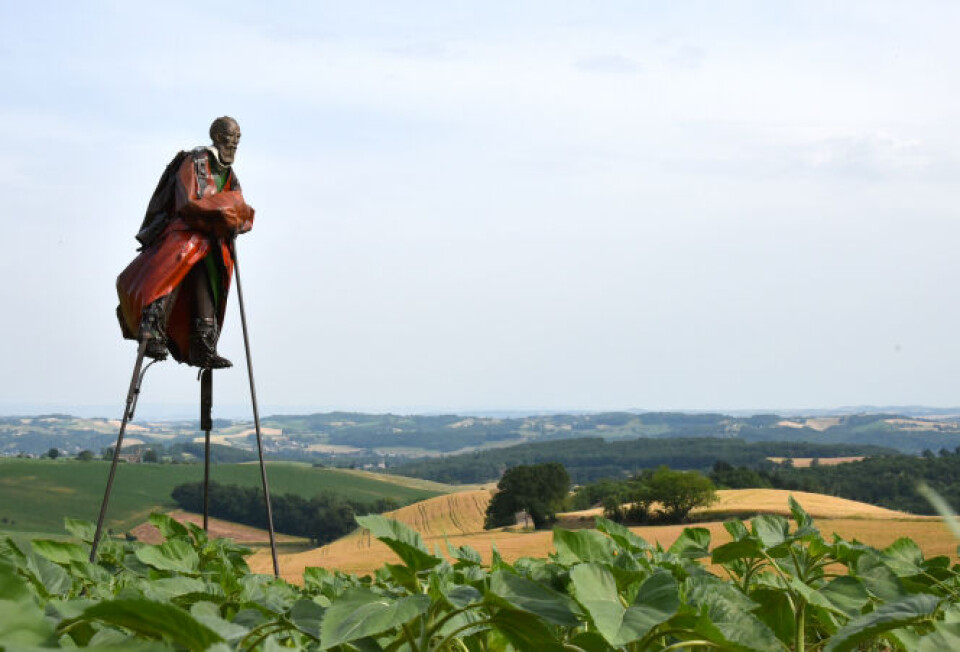
“There is all the time for reflection. Design, and mental time is part of the creation. I can very well go for a run or go horse riding and think about my sculpture – it’s already part of the job, so there is that time.
“Then there is the real creative time in the studio where I can say I spent 10 days, 15 days, a month, but after that, there is also lots of time with the founder to make the bronze and make the moulds and that takes two and a half months,” he explained.
A member of the Société des Explorateurs Français, he has also produced 12 books blending his passion for discovery and exploration with his talents as an artist.
Many of them delve into intriguing and unusual places or subjects. Un Cargo aux Marquises shows Emmanuel’s travel diary while onboard the cargo ship Aranui which connects Tahiti to the Marquesas Islands once a month and Voyage au pays de Zingaro takes a look at the théâtre équestre Zingaro.
His latest book, Sri Lanka: Inspiration d’un peinture voyageur, includes Emmanuel’s notebooks produced during his journey as well as the paintings, drawings and sculptures that were developed once he returned to his workshop.
‘Tambapanni, source d’inspiration d’un peintre voyageur’, a documentary that was made as part of his visit to Sri Lanka, captures a deeper insight into the artist’s process, from his initial visit to when he is creating and finalising his pieces of art.
Last summer, his exhibition ‘Rencontres d’art contemporain: Au fil des voyages’ was in the Eglise du Couvent des Jacobins in Saint-Sever in the Landes department, where visitors will be met with large sculptures, big recycled metal sculptures as well as a nine metre surprise.
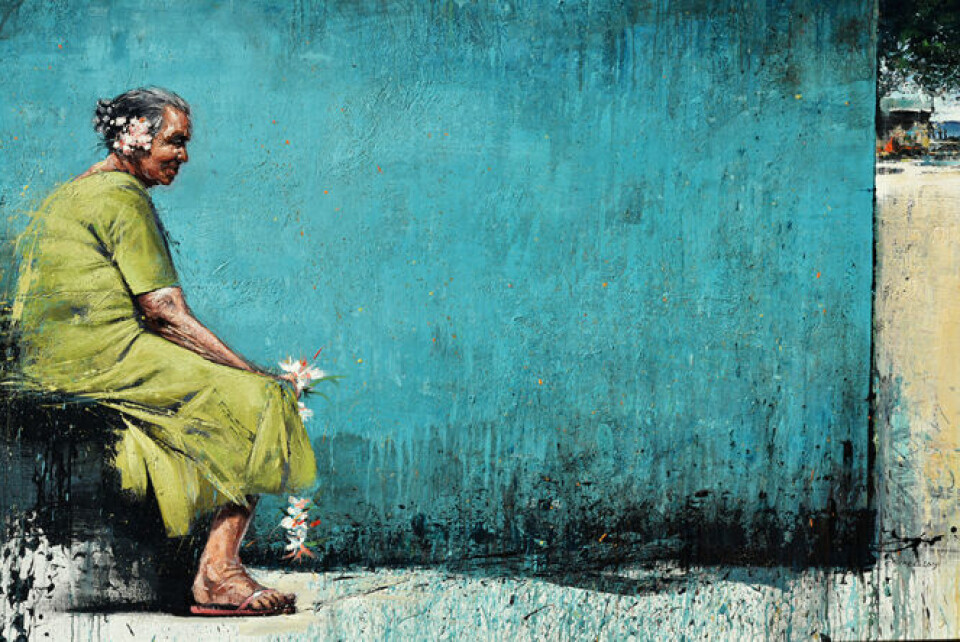
“The space is very big, it’s 500m2 and I’m all alone. So I’m bringing a lot of things. For example, there are three-metre canvases on Cuba or things on the United States or Sri Lanka,” he said.
It’s fitting that the venue is a church as Emmanuel has made a polyptych – a painting that has four or more panels or sections and originally would describe an altarpiece, where the central panel would depict a saint or an important figure. His polyptych also carries a meaning.
He concluded: “And as the exhibition place is in the heart of an old church, I did a polyptych on dance, with a dancer each time from all over the world and finally a dancer from a different country or ethnic or cultural background.
“So, there will be a Maasai dancer, a hip-hop dancer, an Indian dancer, a shaman in Mongolia, etc … and all of these people from all over the world are dancing together.
“My idea, my message, is a little bit despite all the problems that everyone has and this kind of crazy world today, we dance. And we all dance together. There is the idea of something very optimistic about these portraits of dancers from all over the world.”
For more information and to view the art of Emmanuel Michel, visit his website here.
























